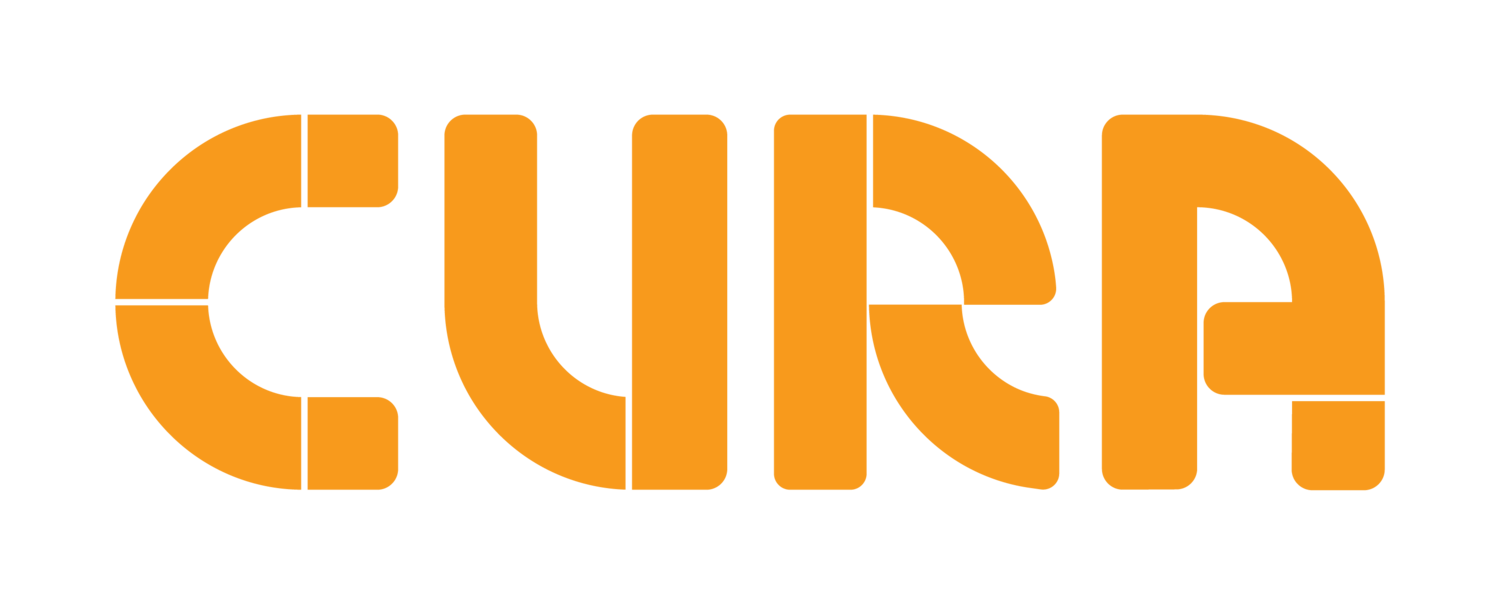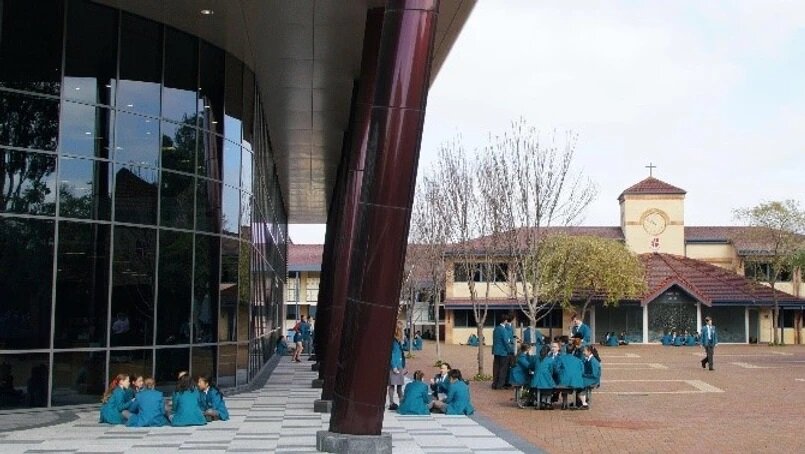Making PBL Work at Chisholm Catholic College
By Paul Shanahan (Head of Science) & Melissa Galea (Assistant Head of Science) Chisholm Catholic College
For the Science Learning Area at Chisholm Catholic College, the impetus for beginning our experiment with project-based learning (PBL) came from seeking overt ways to address the General Capabilities in the Australian Curriculum. Our staff believe strongly that these 21st Century Skills need to be cultivated in students so that they flourish in the workforce of tomorrow. However, like most other teachers, finding ways to tangibly teach - and maybe more importantly assess - General Capabilities (such as Personal and Social Capability or Critical & Creative Thinking) through the prism of normal subject content was difficult. We saw PBL as the ideal medium through which these skills could be taught in a meaningful way, whilst also creating clear outputs that could be used to assess capability development.
Chisholm Catholic College
Tips for getting started
1. Think Big & Start Small
Any pedagogical shift is difficult and daunting, and getting all staff buying into the change will often be a challenge. As such, our approach has been to “Think big, but start small”. Our target in the first year was simply to introduce one project for each year group, then implement, review, learn, and adjust for the following year. You are never going to entirely nail things in Year 1. Instead, aim to learn as much as possible, then adjust and improve the following year. As staff and student experience and knowledge of PBL grows, project implementation and success will grow as well. In Year 2, we could move from one project per year to our target of two with a high degree of confidence.
2. Train your staff
As per the above, introducing any new pedagogy is daunting, and maybe even more so moving towards PBL. As such, we laid the groundwork the year before by having staff undertake professional development in the areas of STEM and PBL. This meant that staff had context and a level of confidence (and excitement!) moving into the project development phase. It was our experience that the more extensive staff members’ understanding of PBL was, the more we set the foundations for success. Indeed, we ended up achieving such a high degree of staff buy-in that we actually experienced a number of unanticipated benefits: We found that staff collaboration increased greatly, as staff worked together to develop projects and get them off the ground. This has had the virtuous effect of further developing a culture of collaboration and cooperation across the school, the benefits of which obviously extend beyond just running successful projects.
Lay the groundwork for PBL with sufficient staff training
3. Outside help is useful
Internalising PBL capabilities was important for us and, as such, our staff developed two of the projects in Year 1. However, we also bought in external assistance, bringing in eduSTEM to develop the other two projects. Bringing in an outside perspective widened the frame for what a project could look like, as well as introducing additional features that we hadn’t previously factored in such as gamifying progress through the project to maintain students’ motivation. Of the four projects we ran in Year 1, three were iterated and improved for Year 2. Our staff developed an additional three projects, leveraging all of the lessons learned, and an additional eduSTEM project was used to build out the eight projects for Year 2.
Our biggest lesson: Make General Capabilities the focus
Being 2 years into the PBL journey now, I think the key thing that we have learnt is to make General Capabilities the focus of our PBL initiatives. This was the initial impetus for incorporating PBL into Science, but it has been our experience that making Science Understandings the focus tends to be the instinctual approach when first developing a project. Over the last two years we have increasingly (and intentionally) reduced depth and time spent on some Science Understandings, and instead increased the time available to more overtly and formally address the General Capabilities and 21st Century Skills. This has had a number of extremely positive effects:
Ensures that General Capabilities are developed: The most obvious impact is that it ensures that General Capabilities are actually taught and developed. Addressing these capabilities isn’t optional. Being intentional about it from the beginning ensures that we are not only meeting the expectations set within the National Curriculum, but that we develop learners ready for the workplace of tomorrow.
Increased engagement within Learning Area: This is almost counter intuitive but by prioritizing General Capabilities over the Science Understandings, we have actually increased student engagement since the content actually becomes more practical, more experiential, and more connected to the real worlds of our students. However, there is a very important caveat: in order to achieve this, it is essential that you pick a good theme or context. As expanded on below, a good context will require students to independently work their way through the content that would otherwise be taught, but rather than having the content spoon-fed to them, they personally seek it out. As covered below, this is essential so search and far wide for your theme.
Increased interdisciplinary focus within the school: Finally, by prioritizing General Capabilities over Science Understandings, it has meant that students have pursued project solutions that require cross-curricular approaches. Science has increasingly collaborated with Design and Technology, Art, and HASS (Humanities & Social Sciences) to assist students developing their solution, and this cross-curricula approach will allow the school to deepen cooperation across faculties.
Our key building blocks from PBL
Over the course of the last two years, we have identified the following as being important features of a project that help to ensure success:
1. The project theme is critical
In many ways the success of a project hinges on its theme or focus. A good theme does the following:
It automatically frames the why for the students. A good frame, such as Ocean Plastic, is one that students can connect with quickly, that engages them on an emotional level as problem worth them investing the time to understand and solve, and it should motivate students all the way through the project. It is almost like a good television show. A good show has you hooked so that, when you pick up with the next episode a week later, you haven’t forgotten where you left off last time. Students should be able to quickly pick up from their last lesson without needing to be reminded what they are doing or why they are doing it.
A caveat to this is that it shouldn’t automatically be assumed that students will appreciate why solving the problem is so important. You would think that watching a documentary showing, for example, the polluted state of our oceans would spark dismay, frustration, or a desire to solve the problem in students. However, unless the problem can be connected to students’ lives or interests, or unless students can explain to each other why they think the problem should be solved, it does not automatically follow that students intuitively understand the gravity of the problem they have been exposed to
A good theme will also allow the content to naturally fall-out (more on this below). Investing time on developing these themes is essential.
For more on creating great project themes, click here.
Ocean plastic waste is an example of a good PBL theme
2. Let students know the rules of the game in advance
Being entirely transparent with students about why they are doing the project and what they should expect to get out of it is an important step in building student buy-in. Every student should also understand what success looks like at the outset so they have a marker to work towards. This is especially true in a PBL unit, which is more ambiguous than a more traditionally structured task.
Let students know:
What skills they will be developing;
What the skill looks like when used successfully;
How the skill will be assessed.
To do this, we provide students with an assessment rubric right at the start so that we can model the desired behaviours which we want from them. Even though students work in groups, we assess them individually on how they demonstrate 21st Century Skills
This was especially true in terms of establishing effective teamwork and collaboration. Many teachers will have the fear when introducing PBL that the success of a project will be hamstrung by students’ inability to properly collaborate. We spent time dwelling upfront on what successful teams look like, and how good teams solve disagreements when they occur. By providing these insights upfront, students were not only able to model good team behaviours at the outset of the project; they were also able to short-circuit problems independently when they inevitable cropped up. As a teacher, this was definitely one of the most pleasant surprises of the entire PBL process, and a great example of students actually building, practicing, and demonstrating genuine General Capabilities.
3. Structure is critical
When you run your first project in the classroom you have a number of fears:
How do I keep on track when guiding the class through the project?
How do I keep the students on track and focused?
How do I ensure that students don’t go off in the wrong direction when pursuing a solution?
We have found that the easiest way to prevent these things from happening is through the development of a tight structure. Though it sounds paradoxical, discipline through a structured set of steps generally brings the greatest amount of creative freedom. If students have more scaffolding to help them think through a problem, they will arrive at the solution ideation stage with a greater arsenal of information at their disposal; this increases the chances of them creating a new, imaginative solution.
To do this, providing comprehensive and structured resources upfront is a significant help. Using a sequenced set of student activities in a student workbook assists in keeping students (and you as a teacher) focused on each task and how it feeds into the next one. Similarly, well-structured teaching resources (like a PowerPoint) that cover the whole project can keep you on track, introduce stimuli at the appropriate moment, and enable you to manage your time effectively across each task and lesson.
4. Don’t rush the prototyping
Finally, there will always be the urge to timebox a project and rush through or even cut out the prototyping phase. We would encourage other teachers to make sure you not only have sufficient time for students to develop their prototype; students should also have enough time to test their prototype and make improvements to it. There are a number of reasons for this:
Students enjoy it. Being the most hands-on phase of the project, this is the stage that students get significant enjoyment out of. This is also where they get their biggest payoff from the unit as the work they have done to understand the problem and develop solution ideas all comes together in the solution they create
The results will surprise you! One of the greatest kicks that PBL can give a teacher is the pleasant surprise from an ingenious innovation or insight that you would never have predicted students were capable of.
Most importantly, this tends to be the stage of the project that really brings the General Capabilities to the fore. Students build Personal and Social Capabilities, especially in the areas of resilience, empathy, knowledge of self and others, as well as Critical and Creative Capabilities; students need to critically assess why a prototype may not have worked and creatively overcome these problems.
To find out how eduSTEM could help your school navigate the challenges of phasing in PBL contact one of our PBL experts here.
Want more PBL advice and insights, straight from classroom practitioners like Paul and Melissa? Then sign-up to the eduSTEM Review, and get the following each month:
The lessons and best practice from classroom practitioners who are experimenting and innovating with PBL right now;
The mistakes they have made that others should avoid replicating;
The empirical results and outcomes that they are achieving.





